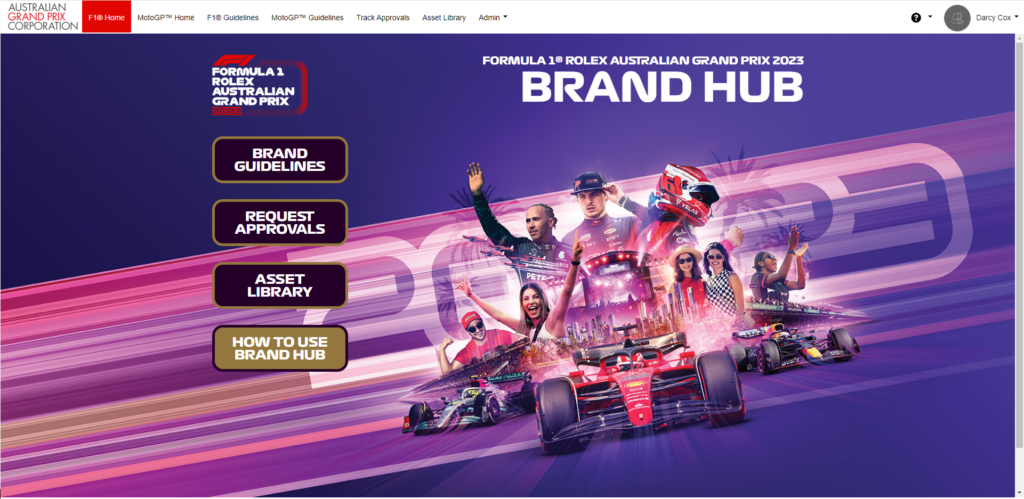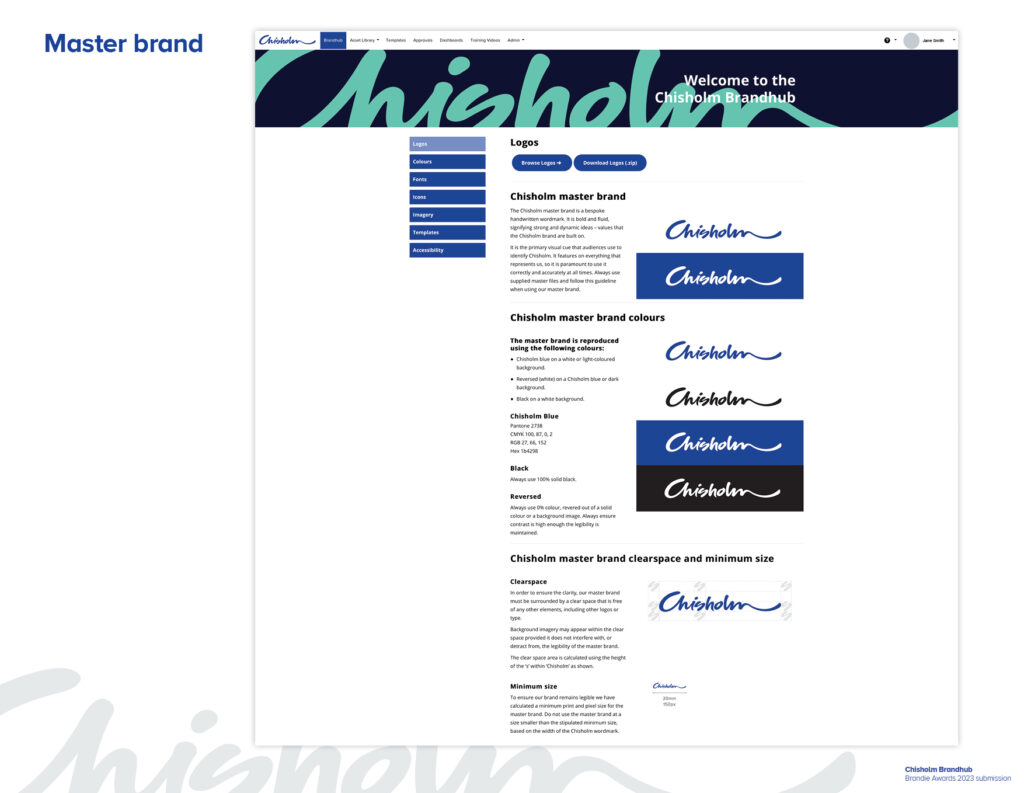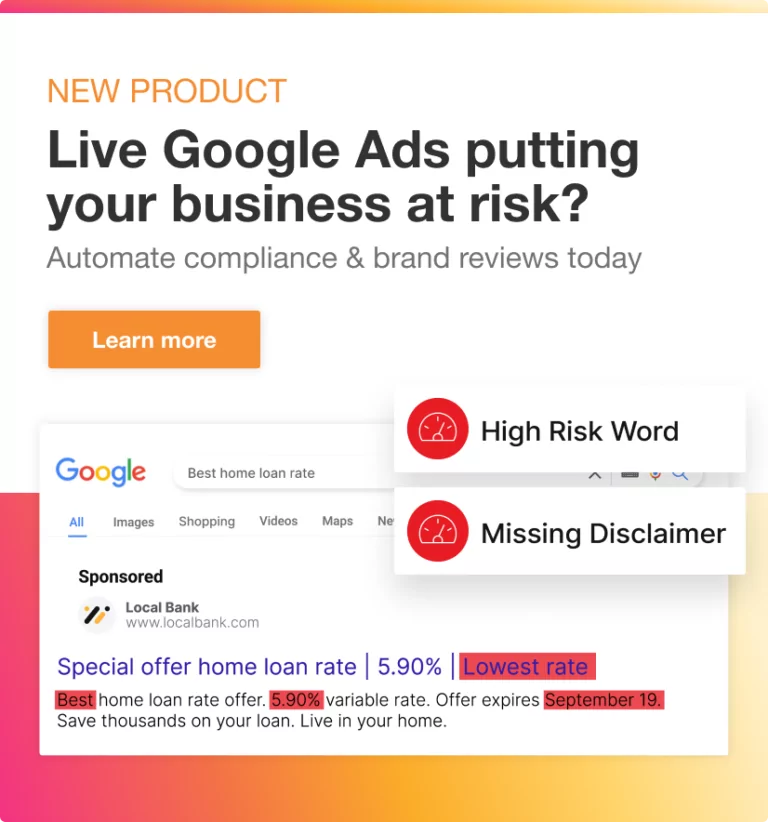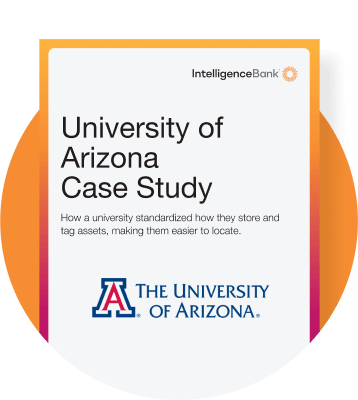To truly appreciate what online brand guidelines are and why you need them, it helps to understand the three stages of a brand manager’s life:
- Birth
- Sending out the latest logo
- Death
What are online brand guidelines?
Online brand guidelines, also known as digital brand guidelines or web-based brand guidelines, are a digital platform that houses your brand’s identity elements, rules, and best practices. They are a centralized and accessible hub where all stakeholders can refer to and collaborate on brand-related matters.Benefits of online brand guidelines
Consistent brand identity
At a base level, online brand guidelines allow the easy delivery of instructions for logo usage, typography, color palette, tone of voice, and imagery. As a live ‘document’, it helps companies more readily achieve consistent brand identity across all mediums with minimal ‘do overs’ or slip ups.Enhanced accessibility and availability
Whether you’re a designer in New York or a social media manager in Nagano, online brand guidelines know no bounds. They eliminate barriers to access and provide instant availability , regardless of users’ location. No more guesswork resulting in misguided logos, inconsistent fonts, or redundant color palettes.Real-time updates and version control
Online brand guidelines deliver real-time updates, so you can be confident all users are working with the most up-to-date guidelines. This avoids confusion caused by outdated versions, as it’s simply impossible to access the old ones. Version control becomes a thing of the past, saving a tone of time in refinements.Streamlined collaboration and feedback
Online platforms are brilliant at allowing teams to collaborate as they offer Features such as commenting, annotation, and feedback loops. They streamline communication and collaboration doing away with lengthy email chains.Centralized access to brand-approved assets
Integrating brand-approved assets directly within online brand guidelines is a smart way for companies to simultaneously save time and stay on brand. Employees and partners can instantly access rights approved images,footage and design elements, reducing the need for constant cross checking with the marketing team. Making digital assets available via brand guidelines is a no-brainer to administer and there are plenty of tools available to set parameters and monitor asset usage.Why online brand guidelines beat PDFs
Interactive elements
Online brand guidelines can incorporate multimedia elements that help explain complex concepts and make the guidelines more engaging. This can take the form of video tutorials, animations, inspirational brand campaigns or interactive design assets – the options are limitless. Chances are, the more engaged a person is, the more likely they will fully understand the brand and uphold the rules.Search functionality
Online brand guidelines are infinitely more easier to navigate than a PDF. Their granular search features allow users to quickly find the specific information they need.Integration with Digital Asset Management systems
A PDF does not have the capacity to link with your wider catalog of digital assets. Online brand guidelines seamlessly integrate with digital asset management (DAM) systems for easy access to brand-approved image galleries, audio, video, iconography, infographics other branded elements..Version control and revision history
No more ‘Final Final versions’. Brand guidelines are always evolving and keeping track of who has what updates is always a challenge. This problem ceases to exist when your guidelines are live.Approvals and workflows
A PDF is a one way street. On the other hand, online brand guidelines can easily include functionality that opens up a dedicated channel of comms between creators and approvers… a marketing ‘In box’ if you like. This feature puts an end to context switching trying to cobble together approvals across email, slack and SMS.Best practices for online brand guidelines
While any shift to placing your brand guidelines online is a good one, to really maximize their effectiveness and usability there are a few best practices you should be aware of:Clear organization
Structure your online brand guidelines in an intuitive manner, using headings and a logical hierarchy to make it easy for team members to navigate and find information.Visual consistency
Maintain a visually consistent design throughout your brand guidelines, utilizing consistent branding elements like colors, typography, and imagery to reinforce your brand identity.Regular updates
Although online brand guidelines remove a lot of heavy lifting, they are not entirely ‘hands off’. You need to keep your online brand guidelines up to date to reflect changes to your brand. We suggest establishing a schedule for reviewing and updating the guidelines, and communicating updates simply and clearly to stakeholders.Accessibility
Ensure your online brand guidelines are easily accessible to internal and external stakeholders. Provide appropriate access levels and ensure compatibility across devices and browsers.Collaboration and feedback
Enable features like commenting and sharing to promote collaboration among stakeholders and gather valuable feedback on the guidelines.Training and onboarding
Offer training and onboarding resources to familiarize users with the online brand guidelines platform. Many online brand guidelines have a permanent set of simple instructions for first time users. Provide ongoing support to address any questions or issues that may arise.Integration with other systems
Integrate your online brand guidelines with relevant systems and tools used within your organization, such as a digital asset management (DAM) system, to streamline workflows and ensure consistent brand asset usage.Metrics and analytics
Track usage and engagement metrics of your online brand guidelines to gain insights into how stakeholders are interacting with the guidelines. Use this data to identify areas for improvement and optimize the guidelines accordingly.Successful use of online brand guidelines:
The Australian Grand Prix Corporation relies on online brand guidelines to traffic large amounts of partner creative approvals.

Government vocational training provider Chisholm brings their brand guidelines to life and ensure compliance.





